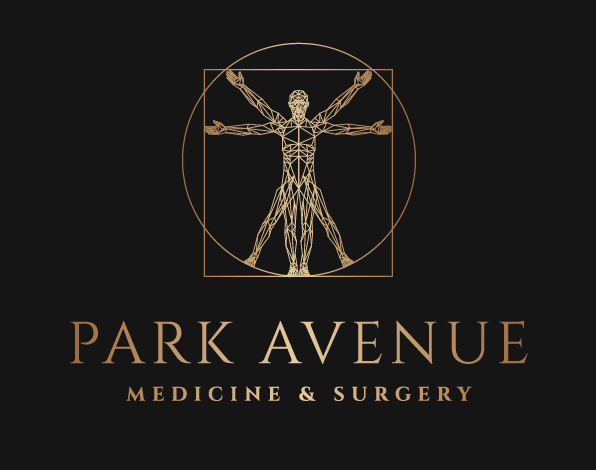General Anesthesia
Although anesthesia may seem like a relatively modern invention, it actually traces back all the way to the mid-1800s. William T.G. Morton, a dentist from Boston, is regarded as the founder of modern anesthesia. Morton, with aid from surgeon John Collins Warren, performed the first successful surgical procedure using gaseous ether as an anesthetic in 1846. From there, the future of general anesthesia started down its path, beginning with inhalation masks to endotracheal tubes and laryngoscopes to intravenous tubes (what is most common today).
Today, general anesthesia administration is a combined use of medications that put you in a sleep-like state before a surgery or other medical procedure. However, it is more than just being asleep, though it will likely feel that way to you, as the anesthetized brain doesn't respond to pain signals or reflexes. An anesthesiologist is a trained doctor who specializes in anesthesia. While you're under anesthesia, the anesthesiologist monitors your body's vital functions and manages your breathing. Although general anesthesia has been used for around 150 years, researchers and doctors alike are still relatively unsure how anesthetics actually work within the body.
There are a couple of different reasons why the mechanism of anesthesia remains a mystery to this day. First, inhalable anesthetics, also known as volatile anesthetics for their vaporous state at room temperature, only function successfully under high concentrations. The necessity for such high concentrations makes it difficult for researchers to find the details about the binding of anesthetic agents to the target proteins. Additionally, these anesthetics distribute into lipids once inside the body and become insoluble in water. This means they must bind to a membrane protein, which makes it much more difficult to determine the structure of the protein than determining the structure of a polar protein.
However, scientists still have some basic understanding of the way they believe anesthetics function inside the body. Specifically, one study led by University of Queensland’s Dr. Bruno van Swinderen revealed some of the mechanisms through which the anesthetic Propofol works. Propofol, one of the most commonly used anesthetics to this day, is given to the patient prior to the surgery in order to make them asleep and is followed by other medications that maintain your unconscious state for the remainder of the surgery. Dr. van Swinderen and his team found that one of the proteins, syntaxin 1A, a protein specific to the nervous system, gets limited in its movement by the action of propofol. Syntaxin 1A is required at neural synapses and by restricting its movement, Propofol is most likely able to lower communication between neurons in the brain. Dr. van Swinderen believes that this discovery is key to understanding potentially harmful side effects that anesthetics can give to both younger and older patients, but states that there is still more research needed to have a full and complete understanding of anesthetics.
As a result of this vagueness around the mechanisms of anesthetics, doctors and researchers are still relatively unsure about any potential long-term side effects. Additionally, there are some instances where patients may wake up during procedures, even after being given anesthetics. This is known as Intraoperative Awareness and, although very rare, some factors are found to be associated with it. These can be trauma surgeries, emergency c-section operations, heart or lung surgeries, or those that require lower doses of medication to safely treat the patient.
Fortunately, with its lengthy history of over 150 years as evidence, doctors maintain that anesthetics are extremely safe and most people, even those with significant health conditions, are able to undergo general anesthesia itself without serious problems. In fact, your risk of complications is more closely related to the type of procedure you're undergoing and your general physical health, rather than to the type of anesthesia. The complications like Intraoperative Awareness are very unlikely and can perhaps be eradicated once a more detailed understanding of the medicine can be gained.
References:
Fischer, K. (2018). Anesthesia Works... But Why? Retrieved 2020, from https://www.healthline.com/health-news/anesthesia-works-but-why#How-does-it-work?
Perkins, B. (2005, February 07). How does anesthesia work? Retrieved 2020, from https://www.scientificamerican.com/article/how-does-anesthesia-work/
Robinson, D. H., & Toledo, A. H. (2012). Historical development of modern anesthesia. Retrieved 2020, from https://pubmed.ncbi.nlm.nih.gov/22583009/
https://www.mayoclinic.org/tests-procedures/anesthesia/about/pac-20384568



